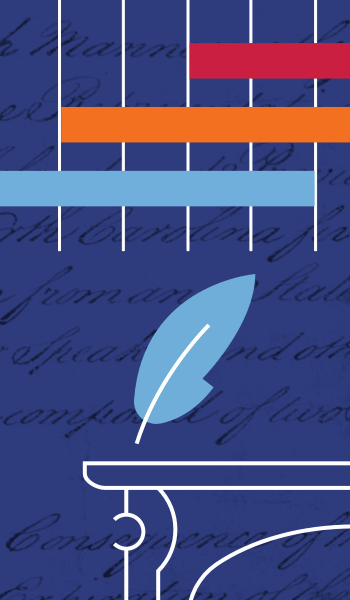Classroom Resources By Topic
Introducing the First Amendment
Introduction
The First Amendment Project begins with the introduction of the First Amendment and the understanding of “Freedom of Conscience.” Through educational videos, specifically developed for this plan of study, students will engage with deep and fundamental understanding of this freedom. Highlighted in this video are National Constitution Center President and CEO Jeffrey Rosen and U.S. Supreme Court Associate Justice Elena Kagan who tell the story of the First Amendment to students—its protections and its safeguards—and how the Supreme Court, legal scholars, and citizens have interpreted it over time. This introduction teaches students about today’s legal discourse surrounding the First Amendment by highlighting areas of common interpretation and debate.
The associated classroom materials engage students in examining primary sources that record the development of the First Amendment through the Writing Rights interactive. This tool presents students with James Madison’s original proposals for what became the First Amendment—as well as the legal texts that preceded Madison’s drafts and the revisions to Madison’s proposals made by the First Congress. Day 1 lays the groundwork for later classes by helping students to build understandings of the relationships between the freedoms protected by the First Amendment. The lesson plan also demonstrates for the students that disagreement about the interpretation of the First Amendment is as old as the amendment itself, while modeling the ability to reach consensus on contentious questions. In subsequent lessons, students will focus in-depth on the individual clauses of the amendment.








